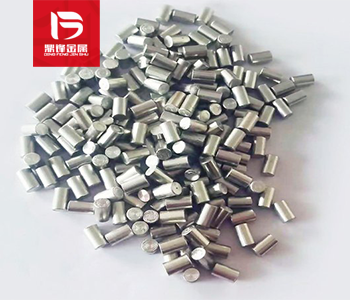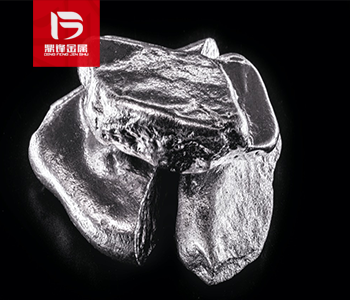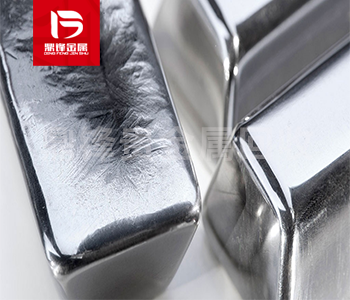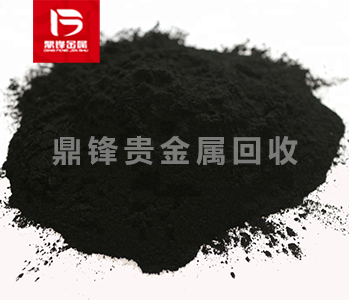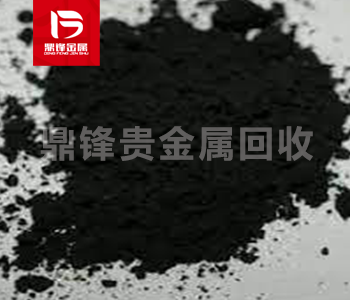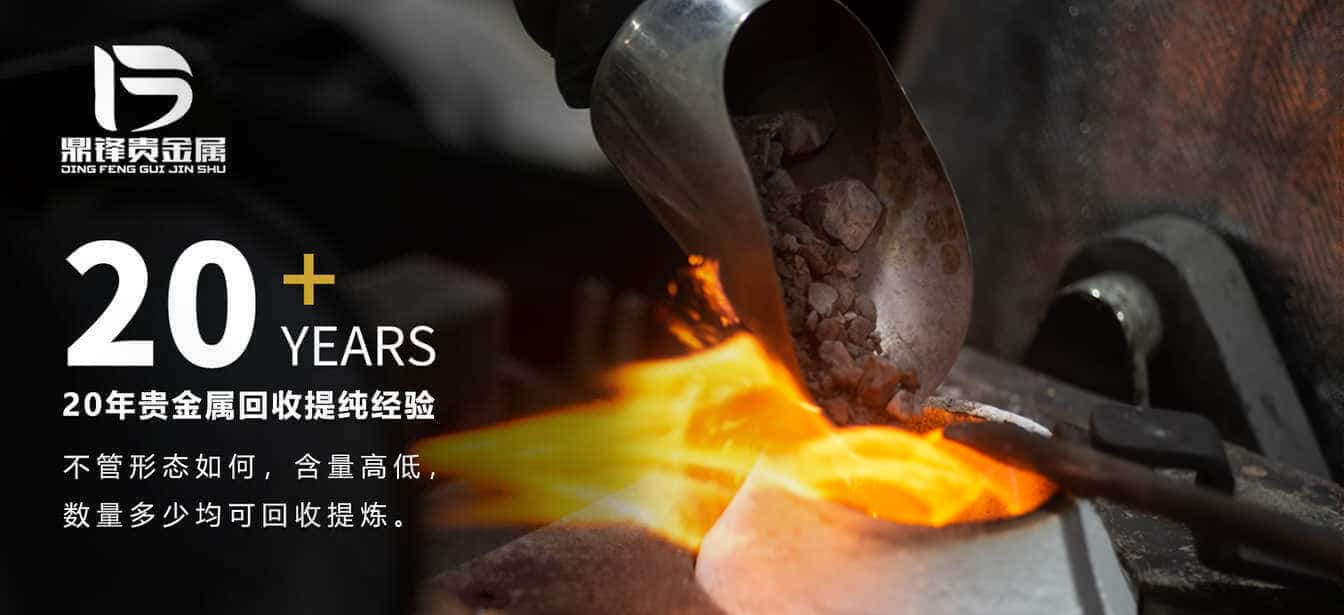Rhodium Recovery_Methods of Rhodium recovery from Dingfeng Precious Metals Manufacturer
Rhodium recovery can be performed through several methods, primarily depending on the type of material being processed (e.g., spent catalysts, electronic components, or jewelry). Here’s an overview of
Rhodium recovery can be performed through several methods, primarily depending on the type of material being processed (e.g., spent catalysts, electronic components, or jewelry). Here’s an overview of the most common methods:
1. Aqua Regia Process
- Overview: Aqua regia (a mixture of hydrochloric acid and nitric acid) is often used for dissolving and separating rhodium from other metals in mixed-metal wastes.
- Process:
- Dissolve the material in aqua regia.
- Filter out any undissolved materials and then precipitate rhodium by reducing agents like sodium formate or ammonium chloride.
- Drawbacks: This method is highly corrosive, requires careful handling, and involves complex waste management due to the chemicals used.
2. Sodium Bisulfate Extraction
- Overview: In the presence of heat, sodium bisulfate can selectively extract rhodium from waste materials, such as spent catalysts or plated jewelry.
- Process:
- Heat the material with sodium bisulfate until it liquefies.
- Cool and separate the extracted rhodium, often refining further by melting and solidifying.
- Pros: It’s relatively effective, especially for rhodium recovery from plated surfaces.
- Cons: Requires high temperatures, making it an energy-intensive process.
3. Electrolytic Recovery
- Overview: Electrolysis is a precise and selective way to recover rhodium from solutions containing mixed metal ions.
- Process:
- Dissolve the rhodium-containing waste in a suitable acid solution.
- Use electrolysis to selectively plate out the rhodium onto a cathode, refining it.
- Benefits: Offers high purity and can be an efficient, eco-friendly method.
- Considerations: It requires specialized equipment and consistent electrical input.
4. Precipitation Techniques
- Overview: Using specific chemical agents to precipitate rhodium from a solution.
- Process:
- Dissolve rhodium waste in acid, often aqua regia or hydrochloric acid.
- Add agents like ammonium chloride to selectively precipitate rhodium as rhodium chloride.
- Refine the precipitate by heating or further chemical treatments.
- Advantages: Can be relatively cost-effective for small-scale recovery.
- Challenges: Chemical handling requires expertise, and the efficiency depends on the purity of the starting material.
5. Thermal Decomposition
- Overview: This method uses high temperatures to oxidize and break down other materials, isolating rhodium from the remaining waste.
- Process:
- Heat rhodium-bearing waste at high temperatures in an oxygen-rich environment.
- The non-rhodium components oxidize and can be separated.
- Pros: Works well for refining mixed metal waste with rhodium content.
- Cons: It’s energy-intensive and may require additional refining to ensure high purity.
Safety and Environmental Considerations
- Protective Gear: Handle chemicals like aqua regia with proper personal protective equipment (PPE) and in a controlled environment.
- Waste Disposal: Ensure that all waste products are neutralized and disposed of according to environmental regulations, as some byproducts can be hazardous.
Each method has unique benefits and challenges, so the choice depends on the material, desired purity, and scale of operation.
Email us with pictures at dfpmr5719@dfpmr.com or send us on whatsapp at +8613760175719 to discuss your materials. We provide professional evaluations of industrial precious metal-bearing scrap and estimates of precious metal content, while advising the optimum reclaiming and recycling solution for better pay-out of your metal scrap.


